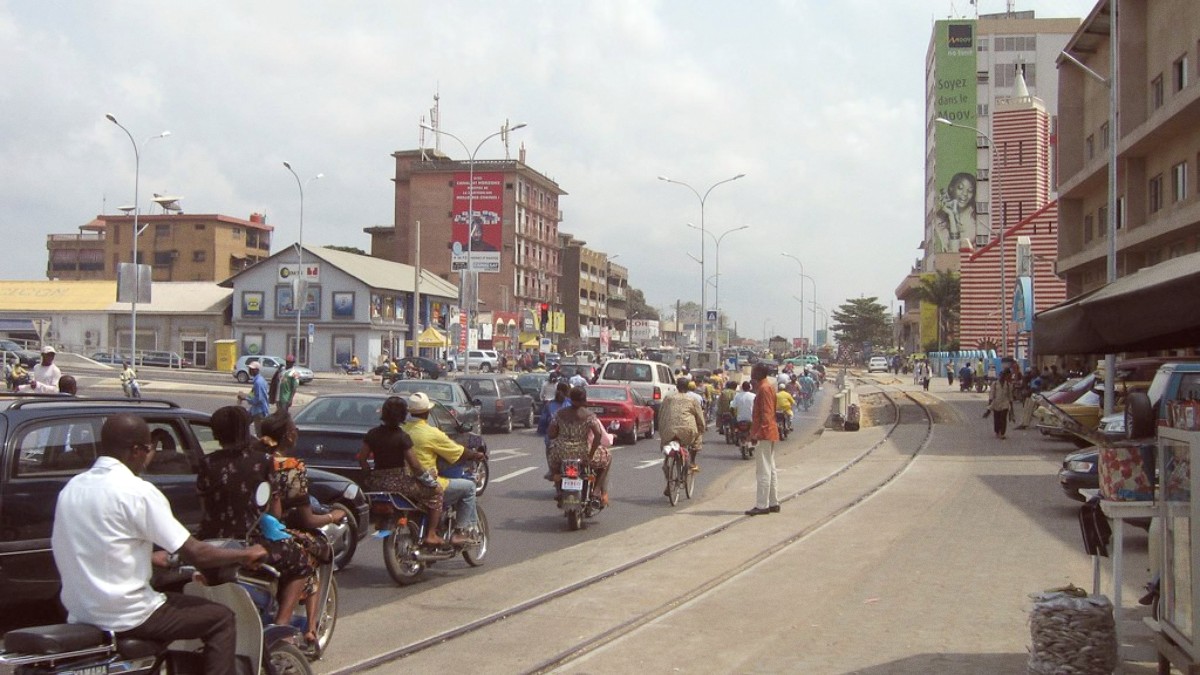
Benin
Cadjehoun Airport (COO), also known as Cotonou International Airport, is Benin's only international airport. It sits conveniently within Cotonou, making city transfers quick.
Direct flights to Cotonou are mainly from Paris (Air France) and Brussels (Brussels Airlines). No direct flights connect Cotonou with North America or Asia; layovers in Europe or major African hubs are common.
Flights generally become more expensive during the high season (November-March) due to higher tourist demand, notably around holidays and the Voodoo Festival.
Flight prices may be lower during the rainy seasons (mid-March to mid-July and mid-September to mid-November) as tourist numbers typically decrease. Flexibility with dates can secure better deals.
For flight deals, explore resources like Dollar Flight Club and Skyscanner for price comparisons and alerts.
An International Driving Permit (IDP) is needed if you plan to drive. Obtain it in your home country before departure.
Renting a car with a driver is highly recommended for tourists. This removes the stress of navigating challenging roads and local driving habits. DiscoverCars.com offers options.
Rental costs are high, specifically for 4x4 vehicles, which are necessary for rural roads and areas outside major cities, especially during the rainy season.
The Port of Cotonou mainly functions as a commercial port for cargo and freight. No regular international passenger ferry services or cruise ship arrivals for tourism purposes occur in Cotonou.
The most significant water transportation for tourists involves boat travel to the unique stilt village of Ganvié on Lake Nokoué.
Local boats may be used for short crossings within the extensive lagoon system surrounding Cotonou. These are generally informal services used by locals.
No specific departure taxes are levied directly at Cadjehoun Airport that are not already included in your airline ticket price. Always confirm with your airline if you have concerns about additional fees.
Cotonou's public transportation system is informal yet highly efficient, relying mainly on shared vehicles rather than fixed bus or metro lines.
Fares are negotiated directly with the driver for zemidjans. Shared taxi fares are typically fixed per person but still clarify. Cash (XOF) is the payment method.
Always agree on the fare Before you get on a zemidjan or into a taxi. Do not start the ride until a price is confirmed.
Have plenty of small CFA franc notes (500, 1000, 2000 XOF). Drivers, especially zemidjan drivers, may not have change for large bills.
Opt for drivers wearing the official yellow vest. While rare, accept a Helmet if offered. Hold on tightly and remain alert for traffic.
Traditional taxis offer a more comfortable, though pricier, alternative to motorcycle taxis. They are typically yellow or green cars. You can hail them on the street, outside hotels, and at transport hubs.
Major international ride-sharing apps like Uber or Bolt are not widely operational or popular in Cotonou. The market is dominated by traditional cash taxis and Zemidjans.
Taxis are readily available directly outside the arrivals terminal at Cadjehoun Airport. Negotiate and agree on the fare before getting into the vehicle to prevent overcharging.
Bus stations in Cotonou are busy and often chaotic. Taxis and zemidjans will swarm around newly arrived passengers. Remain firm in negotiating your fare and choose a vehicle carefully.
Be extra vigilant with your belongings in crowded areas like bus stations to prevent petty theft.
Renting vehicles in Cotonou, especially for self-drive, has specific considerations due to local road conditions and driving practices. Renting a car with a driver is generally advised for tourists.